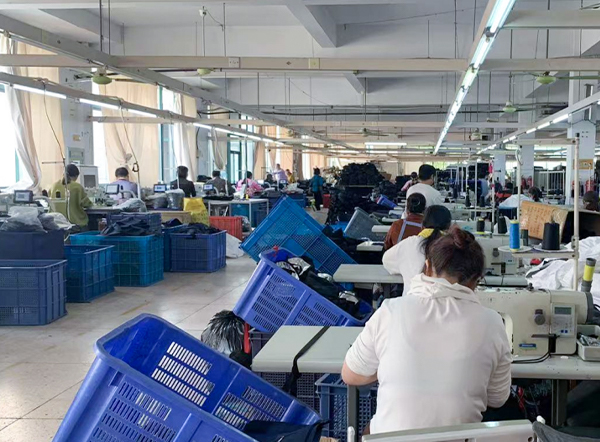Industry News
Many drivers face storage limitations in their vehicles, especially during trips or outdoor adventures. A common solution is utilizing rooftop storage. But what if your car doesn't have a factory-installed roof rack? This comprehensive guide explores the feasibility, methods, and critical considerations for installing a waterproof rooftop cargo carrier on a vehicle without a roof rack. We'll delve into the specifics to ensure your cargo and vehicle remain safe.
FO-4 Waterproof Removable Travel Car Roof Box Luggage Carrying Bag
Installing a rooftop cargo bag on a vehicle without a dedicated rack system is entirely possible, but it requires careful attention to the attachment mechanism. Unlike hard-shell carriers, soft roof bags are designed with flexibility in mind. They are typically secured using robust straps that loop through the vehicle's door frames. It's a system that leverages the car's own structure to create a stable platform. However, the vehicle's roof must be able to handle the distributed weight.
A step-by-step approach is vital for a safe and successful installation. Rushing this process can lead to damaged cargo or a dangerous driving situation. The goal is to create a tight, stable, and rattle-free setup that withstands highway speeds and crosswinds.
Not all roof bags are created equal. When selecting a bag for a vehicle without a rack, specific features become non-negotiable. You need a product engineered for this specific use case, with a focus on security, durability, and weather resistance.
To help you make an informed decision, here is a comparison of the critical features to look for in a roof bag when you don't have a roof rack. This focuses on the elements that directly impact security and vehicle protection.
| Feature | Importance for Rackless Use | What to Look For |
| Attachment Straps | Critical; the only thing holding the bag on. | At least 4-6 straps, 1-inch width minimum, reinforced stitching. |
| Bottom Material | High; prevents scratches and slippage. | Soft, non-scratch PVC or a rubberized coating. |
| Weight Capacity | Essential; must not exceed vehicle's dynamic roof load. | Check bag's max load vs. your car's manual (often 100-165 lbs). |
| Waterproof Rating | High; ensures cargo stays dry in all weather. | Fully welded seams, integrated rain cover, high-frequency welding technology. |
It's natural to have concerns about placing a bag directly on your car's paint. With the right precautions, these risks can be effectively mitigated. The key is to understand the potential issues and proactively address them during installation and use.
To ensure the longevity of your waterproof rooftop cargo carrier, proper care is essential. This involves correct storage, cleaning, and inspection to maintain its performance and waterproof integrity over many uses.

While most vehicles with a standard roof design can accommodate a roof bag, it is not universal. The primary limitations are the vehicle's roof load capacity and the presence of secure door frames for the straps. Convertibles, vehicles with gull-wing doors, or those with very fragile roof panels (like some vintage cars) are not suitable. Always consult your vehicle's owner's manual to find the dynamic weight limit for the roof before making a purchase.
To guarantee your cargo stays dry, look for a bag that uses high-frequency welding technology on its seams instead of traditional stitching. Stitched seams require sealed tape to be effective, but welded seams are inherently waterproof. Additionally, a well-integrated rain cover that extends over the zippers and a main compartment with a roll-top closure or a double-layer of storm flaps will provide the highest level of protection against heavy rain.
The safe weight limit is determined by your vehicle's dynamic roof load capacity, not the bag's maximum capacity. Most passenger cars have a dynamic load limit between 100 and 165 pounds (45-75 kg). This limit includes the weight of the bag itself. For example, if your car's limit is 150 lbs and your empty roof bag weighs 20 lbs, you can only load 130 lbs of cargo into it. Exceeding this limit can damage your roof and is a serious safety hazard.
Yes, there are a few alternatives, though a waterproof rooftop cargo carrier is often the most cost-effective and versatile. Other options include a hitch-mounted cargo carrier (requires a trailer hitch), a spacious cargo box for the trunk, or a roof basket that can be installed on aftermarket rain gutter or fixed-point mounts. However, for pure ease of installation and storage, the roof bag is typically the simplest solution for occasional use.
A high-quality bag will feature durable, high-denier fabric, robust straps and buckles, and superior construction techniques. Look for features like high-frequency welding on seams for guaranteed waterproofing, reinforced stitching at all stress points, and a thick, non-slip bottom material. Manufacturers with a focus on research and development, such as New Fuda Luggages & Bags Co., Ltd., which has been manufacturing outdoor and travel products since 2006, often employ these advanced production technologies to ensure product reliability and customer satisfaction.
Your email address will not be published. Required fields are marked *
The waterproof zipper backpack TPU portable soft cooler maintains the dryness and coolness...
View MoreOutdoor waterproof fishing bags are multifunctional equipment bags designed for fishing en...
View MoreEmbarking on a road trip or an outdoor adventure often comes with the challenge of fitting...
View MoreIn today's fast-paced life, more and more people are keen on outdoor travel, exploring the...
View More* Your email is safe with us, we don't spam.

Professional R & D and manufacturing of outdoor sports, cycling, fishing, business, travelling sewing, high-frequency stamping series of luggage enterprises
E-mail: christine@fudabags.com
Phone: +86-13819351116
Add: No.2288 Xinggong Road, Pinghu City, Jiaxing City, Zhejiang Province, China
Copyright © 2025 by New Fuda Luggages & Bags Co., Ltd. Rights Reserved.Custom Durable Outdoor Travel Bag Manufacturers


 English
English Français
Français Español
Español